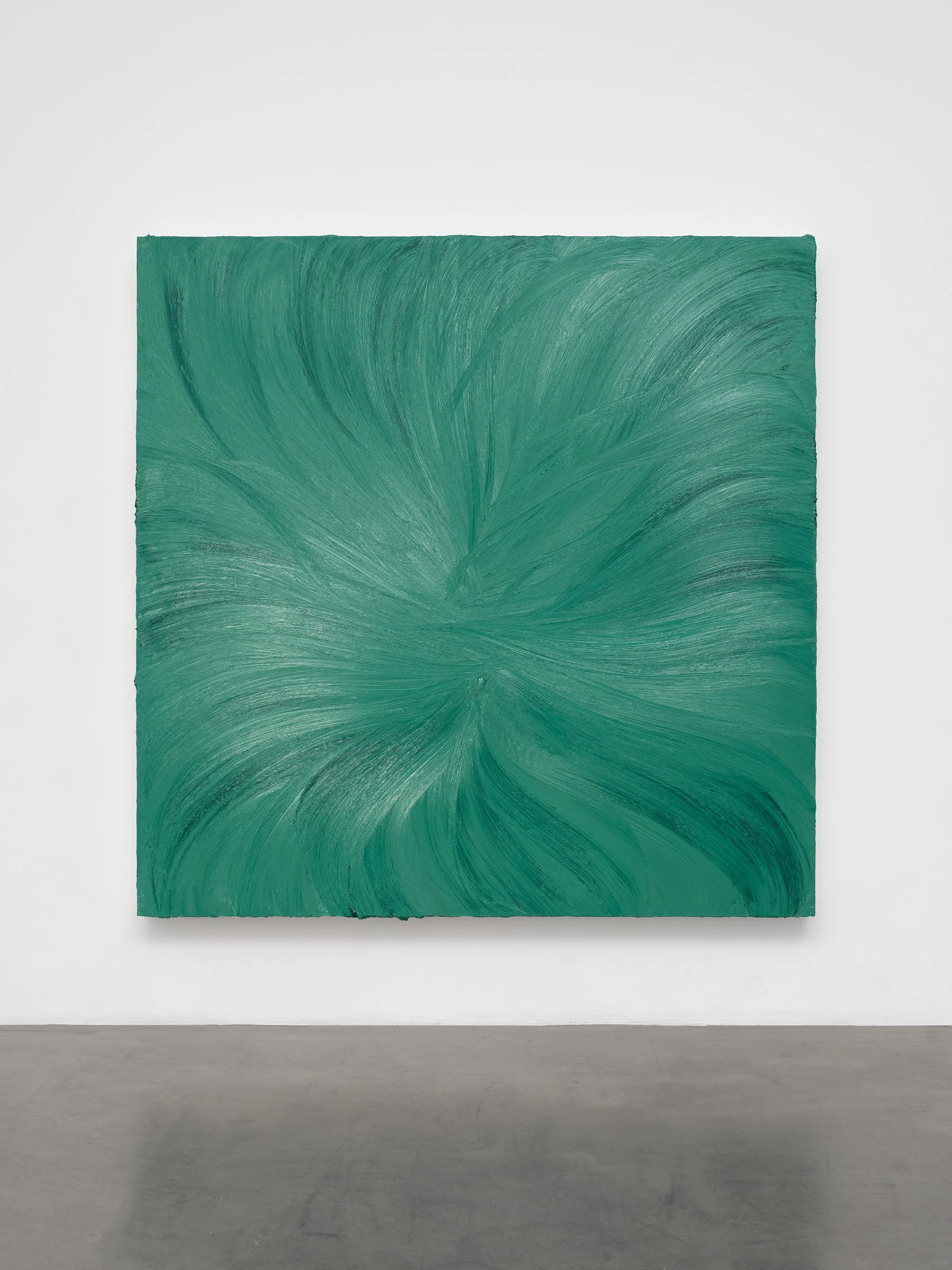David Thorpe
“We have come to display but may come back to destroy”
New York, 121 West 27th Street
We have come to display but may come back to destroy, a collection of watercolors on paper rooted in organic forms, which the artist meticulously usurps and transforms. Leveraging natural matter as a point of inspiration, Thorpe creates fantastical vegetations, fashioning imagined worlds and meticulously transcending the limitations of natural and built environments.
Three primary elements dominate this body of work: Characters, Barriers, and Walls. Characters serve as opulent protagonists. Culled from the artist’s imagination, these forms may appear realistic, yet closer inspection reveals a myriad of alien, unclassifiable elements. In A Rare Beast in Full Display (2021) matter that mirrors a peach, maple leaf, and legume exists harmonically. A fruit akin to a kumquat blossoms from foliage, as an olive dangles from its vine. The painstaking naturalism of these biomorphic watercolors is reminiscent of botanical diagrams dating back centuries. “De Materia Medica” a five-volume manuscript created between 50 and 70 CE surveys medically utilitarian plants and serve as a reference for the artist. Leveraging technical imagery, Thorpe commandeers floral depictions and engineers anthropomorphized creatures with bold inaccuracies that quietly defy the scientific gaze. The resulting watercolors concurrently wield and debunk naturalism, establishing space for fiction.
Barriers depict extraterrestrial plants; biodynamic fences that both invite and dispel. Four leaves reminiscent of endives are decorated with cylindrical balls that are linked together through a white root in Emphatic Display Ready to Hold (2022). A vibrant green outline hugs the leaves whose central root casts a shadow on unfolding veins. The artist’s creations are so acutely scrupulous that they echo the photography of Karl Blossfeldt, whose botanical documentation underscores the architectural qualities of nature. The fixed position of Thorpe’s Barriers is captivating and foreboding, natural and urban. Their visual presence suggests a fictitious collapse, as their ornamentation is simultaneously inviting and disarming. For the artist, the watercolors are fragile and propositional in sympathy with the delicate nature of the world depicted. Thorpe forsakes the recording of botany in favor of breeding humanity’s vulnerabilities.
A series of Walls reminiscent of endpapers with undulating vines and closely placed leaves establish a scape in which an orchestra of fantastical organic matter exist. The hue and redundancy of Quiet Now, Hush…waiting, watching (2022) is reminiscent of William Morris’s Pimpernel (1876). With a forest palette and curving ornamentality, the work offers an illusion of endlessness, an impenetrable space to hide in. For Thorpe, this continuity is linked to naturalism: just as organic matter recycles itself, the intertwined patterning is ceaseless. Morris and the vernacular of the 19th century Arts and Craft Movement are central to Thorpe’s practice. The artist’s commitment to materiality and the diligence of his hand is an extension of the movement’s ethos and essays. Whereas the Arts and Crafts Movement possessed a focus on functionality, in these watercolors and beyond, Thorpe’s embellishments are in opposition to and divorced from the everyday object.
Thorpe’s biomorphic forms reflect the fecundity of organic worlds, and the quality of his craft reveals a reverence for the artisanal. Through scientific precision and the concurrent re-imagining of natural forms, Thorpe collapses the boundary between real and mystical to embrace an elusive future.






